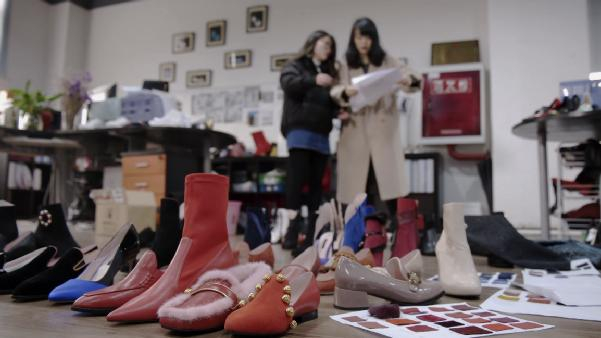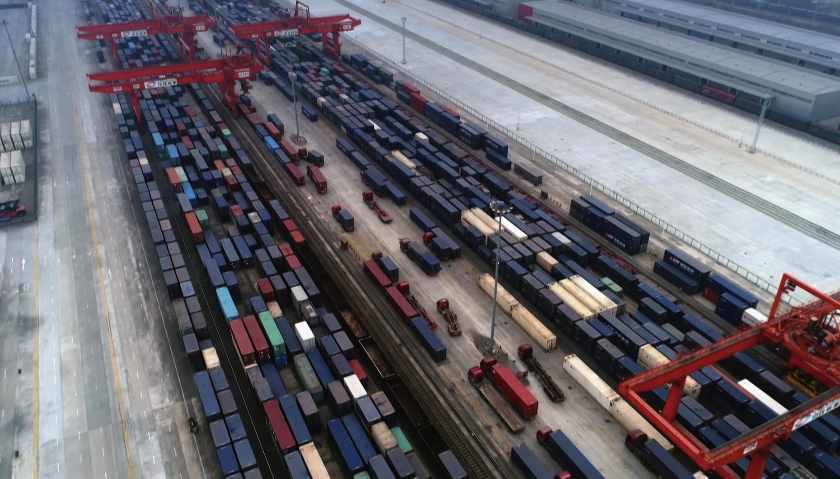
Culture
11:24, 09-Sep-2018
The Silk Railroad: Bringing the past to the future
Updated
10:42, 12-Sep-2018
By Debra Lee, Tan Peilin, Yan Zixin
05:33

Shu brocade is one of the oldest known embroidery styles in China. It was introduced to central Asia and Rome about 2,000 years ago through the Silk Road and became hugely popular.
Now, the age-old art is being revived and adapted into fashion. A company is making luxury shoes from silk and imported Italian leather, costing between 300 and 2,000 US dollars, and they're entirely handmade.
The company now sells to Europe, and with customers demanding prompt delivery, the Belt and Road Initiative has made this export of fashion products possible. Compared to sea freight, rail freight is three times faster, so it is more efficient. This brings Shu brocade to the international stage and redefines what it means to be "Made in China," but in a fast and cost-efficient manner.

Being within a 2.5-hour radius of Beijing, Shanghai and Guangzhou gives Chengdu a prime location for manufacturing. /Photo by CGTN
Being within a 2.5-hour radius of Beijing, Shanghai and Guangzhou gives Chengdu a prime location for manufacturing. /Photo by CGTN
Chengdu is also exporting something ubiquitous along the rail link that's boosting its status as one of China's top-performing economies: technology products.
Chengdu started wooing technology companies about 10 years ago and it's now home to 255 Fortune Global 500 companies. And half of the world's computer chips are actually tested and packaged there. Being within a 2.5-hour radius of Beijing, Shanghai and Guangzhou gives Chengdu a prime location for manufacturing. And with the rail connecting it to Europe and the Middle East, exporting is easier than ever.
(Cover: Shu brocade is being revived and adapted into fashion. /Photo by CGTN)

SITEMAP
Copyright © 2018 CGTN. Beijing ICP prepared NO.16065310-3
Copyright © 2018 CGTN. Beijing ICP prepared NO.16065310-3